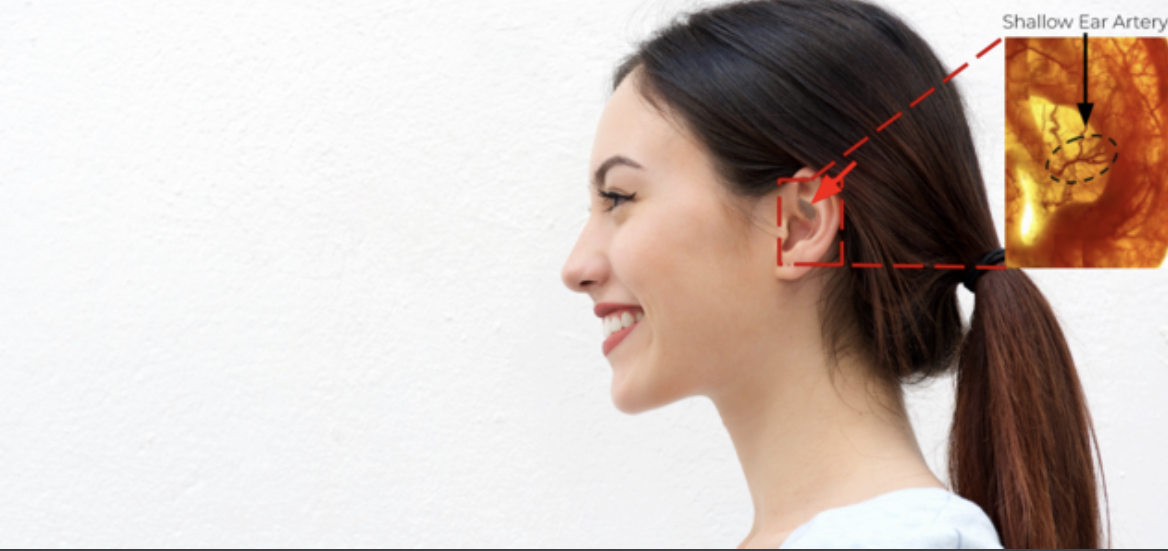Blood
In-Ear Wearable Measures Blood Flow to the Head for Long COVID POTS
What You Should Know:
- STAT Health emerges from stealth to introduce a 24/7 in-ear wearable that measures blood flow to the head to better understand symptoms such as dizziness, brain fog, headaches, fainting, and fatigue that occur upon standing.
- These are common symptoms for illnesses like long COVID, postural orthostatic tachycardia syndrome (POTS), myalgic encephalomyelitis / chronic fatigue syndrome (ME/CFS), and other orthostatic (caused by standing) syndromes that affect more than 13 million Americans. Clinically tested at Johns Hopkins and peer-reviewed in the March 2023 issue of Journal of the American College of Cardiology (JACC), the device has been shown to predict fainting minutes before it happens.
Blood Flow to the Head is What Matters; The Ear as a Biometric Gold Mine
Numerous individuals grappling with conditions such as long COVID, POTS, and ME/CFS experience symptoms resulting from diminished blood flow to the brain upon assuming an upright position. Despite being theoretically recognized, substantiating this phenomenon experimentally has proven challenging until recently. Physicians affiliated with Johns Hopkins, Brigham and Women’s, and Harvard Medical School have successfully utilized ultrasound to validate that Cerebral Blood Flow (measured through ultrasound in cerebral arteries as a means of quantifying blood flow to the head) serves as a pivotal biomarker. This objective measure effectively gauges the existence and intensity of various “invisible illnesses.”
“Cerebral Blood Flow (CBF) is the critical missing vital sign – poor CBF is the cause of common orthostatic symptoms such as dizziness and brain fog. My Dutch colleagues have measured this with ultrasound on over a thousand patients.” said Peter Rowe, M.D., Sunshine Natural Wellbeing Foundation Professor of Chronic Fatigue and Related Disorders, Johns Hopkins Medicine. “However, it’s not easy to measure CBF, so most clinics approximate using secondary metrics of Heart Rate and Blood Pressure, which often mislead. Unfortunately, this frequently leads to the wrong conclusion that the symptoms are just psychological, when in fact, there are physiological abnormalities.”
To fit into a wearable form factor, STAT uses an optical sensor instead of ultrasound and taps into a shallow ear artery to measure a proxy to ultrasound-derived Cerebral Blood Flow.

